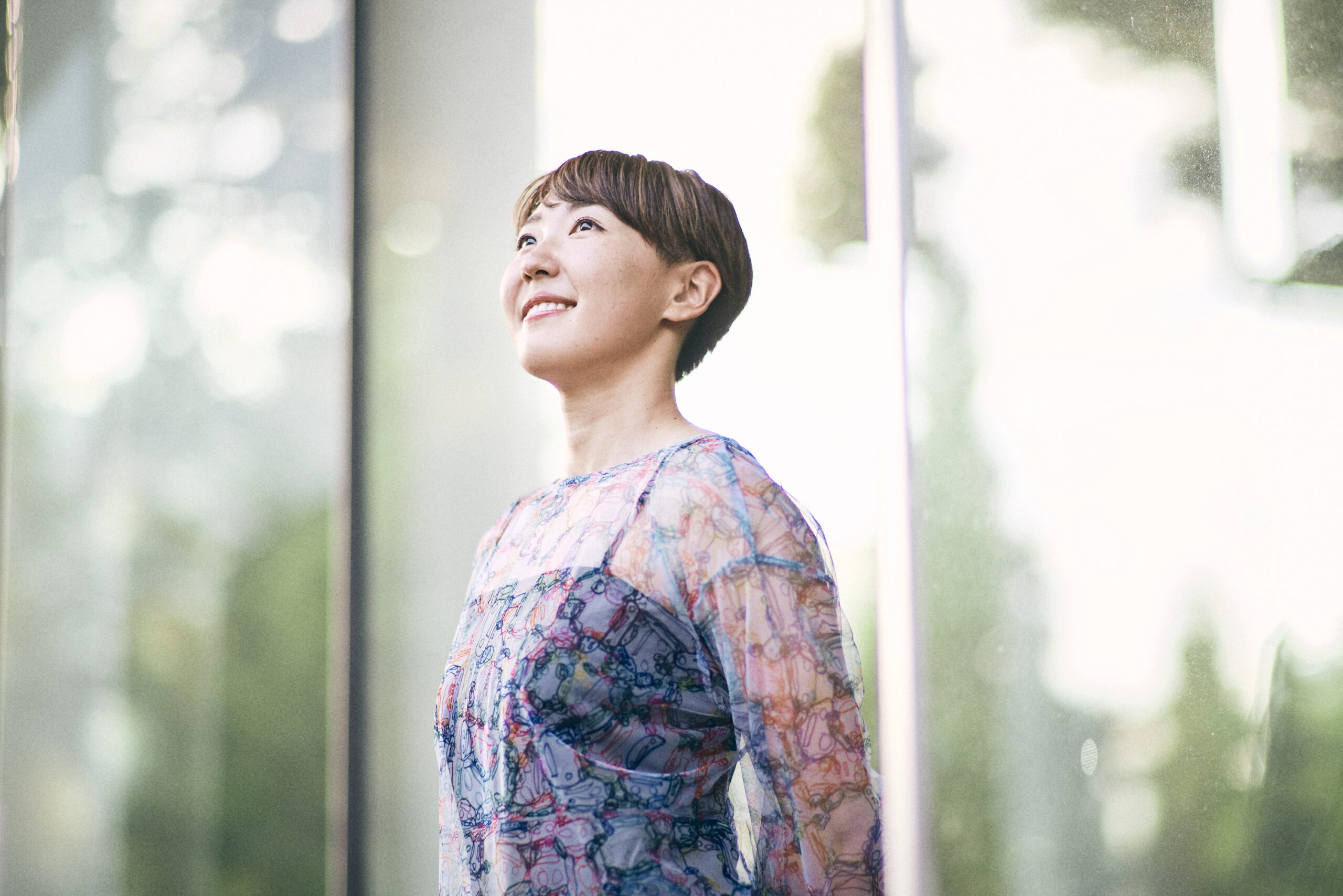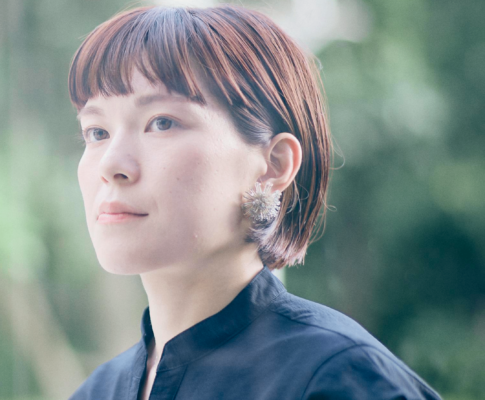目次
- Results seen at Fuse Sprint A new indicator to take it one step further
- Not a farewell, but a last run to express gratitude
- After retiring from running, what I “want” to do and what is “needed””
- The reason why she was able to start running again after retiring from “track and field”
- Pursuing the “best run” at the World Athletics Championships
- Having a surprising “craftsman” spirit?
- “Mom will not teach”: The distance between her daughter and track and field
- Her favorite athlete wants to be a “passive income earner”.
- Be a little bit ahead of yesterday’s self
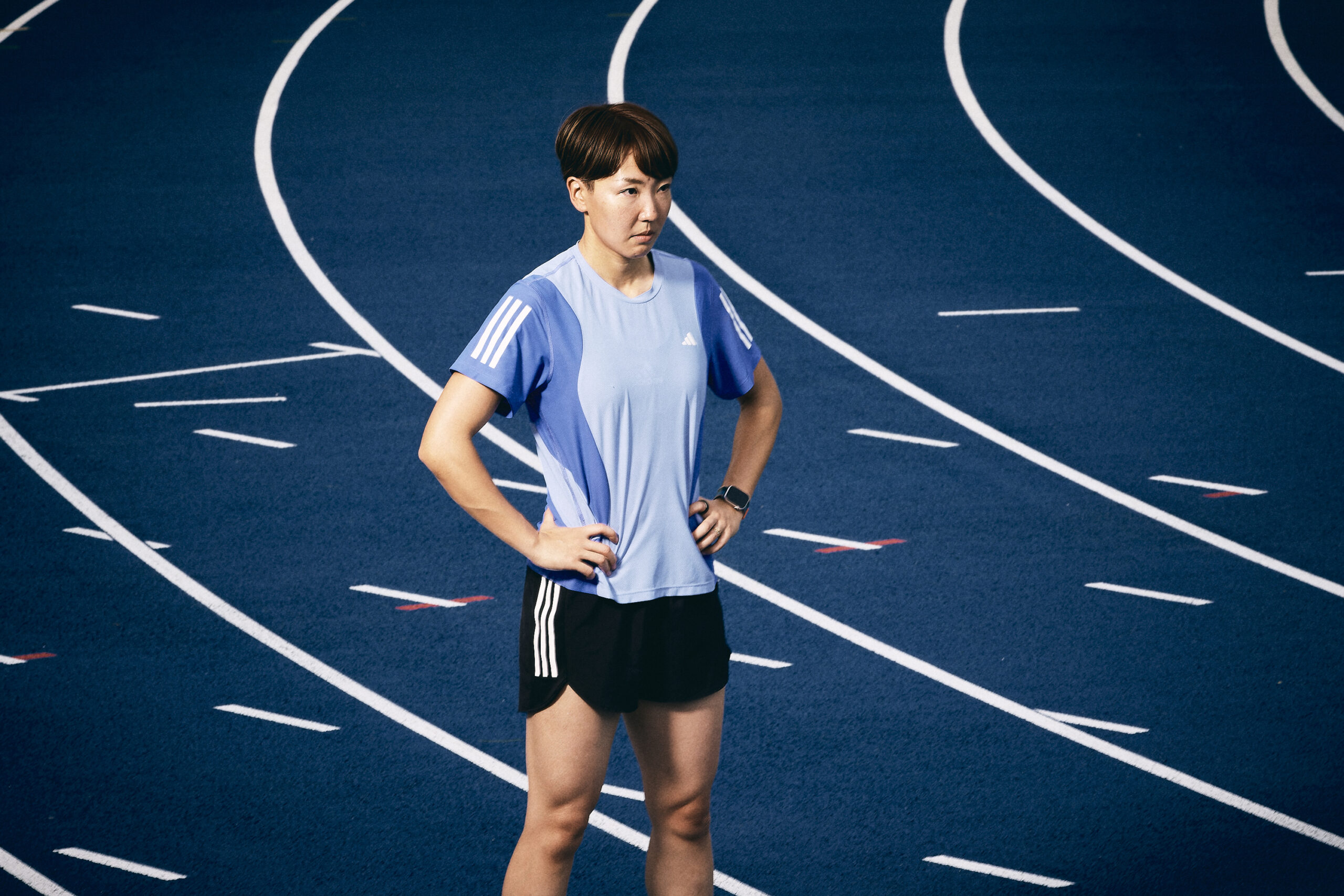
Asuka Terada
Born in 1990 in Hokkaido. Women’s 100mH former Japanese Record Holder (12.86 seconds|4th place in Japan *as of May 2025).
She started track and field in elementary school, and in high school, she won three consecutive inter-high school titles in the 100m hurdles. In 2008, in her first year as a member of society, she became the youngest winner in the history of the same event at the Japan Championships, and since then she has won three consecutive titles. In 2009, she participated in the World Athletics Championships in Berlin and won a silver medal at the Asian Championships.
After retiring in 2013 due to a series of injuries and eating disorders, she actively returned to rugby sevens in 2016 after getting married, going to school, and having birth. She returned to track and field in 2019 and set a new Japanese record of 12.97 seconds in the same year. At the Tokyo 2020 Olympics, she became the first Japanese to reach the semifinals in 21 years. In 2023, she set a new personal best and competed in the World Athletics Championships again.
Currently, in parallel with the competition, she serves as the representative of Brighter Hurdler Inc. and A-START, a general incorporated association, and is working on the development of the next generation while continuing to be active.
Results seen at Fuse Sprint
A new indicator to take it one step further
――At the Taiwan Open in June, you finished second with a time of 13.04 seconds. How do you evaluate your time and results?
I don’t think it’s that good when it comes to times. However, I was hit by a squall that I had never experienced before in qualifying round, and I ended up running as if I had just taken a shower (bitter laugh). That’s one of the reasons why I ran this race with the idea that I could “get a good feel for it”.
Throughout this season, I had some problems in the first half of the race, from the start to the third hurdle .I couldn’t get up to speed, so I continued to run into a certain amount of time but couldn’t make an aggressive race. But at the Fuse Sprint the week before, I finally saw the light. I was able to get a little bit of a feel for “this is it.” That’s why I ran the final in Taiwan with the desire to recreate that feeling. In the first half, I was able to run the way I had envisioned, but from the middle to the second half, my form began to distort…. I realized that my running accuracy is not yet in place, and that there are still elements that need to be worked on from here.
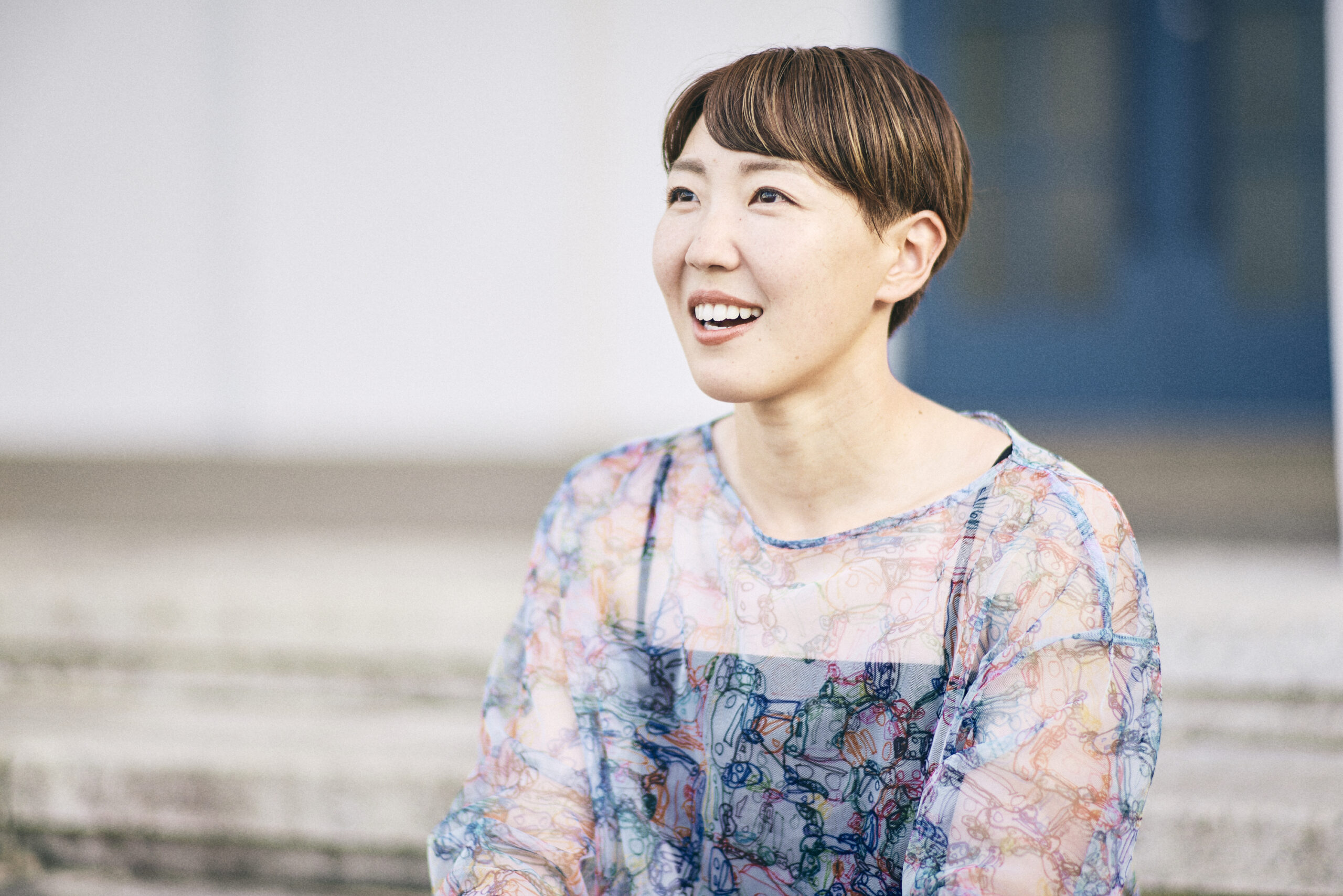
――You won the Fuse Sprint in 12.85 seconds (using the tailwind as a reference). After the race, you said, “I could see a lot of things from this race.”
Yes, it was a race that really made me realize. With the rhythm I’ve been running, I can’t reach the time I’m aiming for. I could see that clearly in the Fuse Sprint.
It became very clear to me that if I could set this section time (for each hurdle) to this number, I would be able to develop it like this. By rebuilding the rhythm for that, I can achieve the ideal section time in several places. I felt like I had set a new objective in me.
――What do you think you need to improve for the Japan Championships and the World Athletics Championships?
First of all, I need to refine the sprint itself and improve the quality. That’s the first thing. But because the sprints are getting better, there are some areas where the hurdling doesn’t mesh well. The important point is to match them.
I am getting better in the first half, so I need to improve my running accuracy so that there is no distortion in the middle and second half. In order to run to the end without collapsing, I will improve the accuracy of each one. I am in the middle of that process right now. But if I can do that, I’m sure I’ll be able to overcome the barrier one more step.
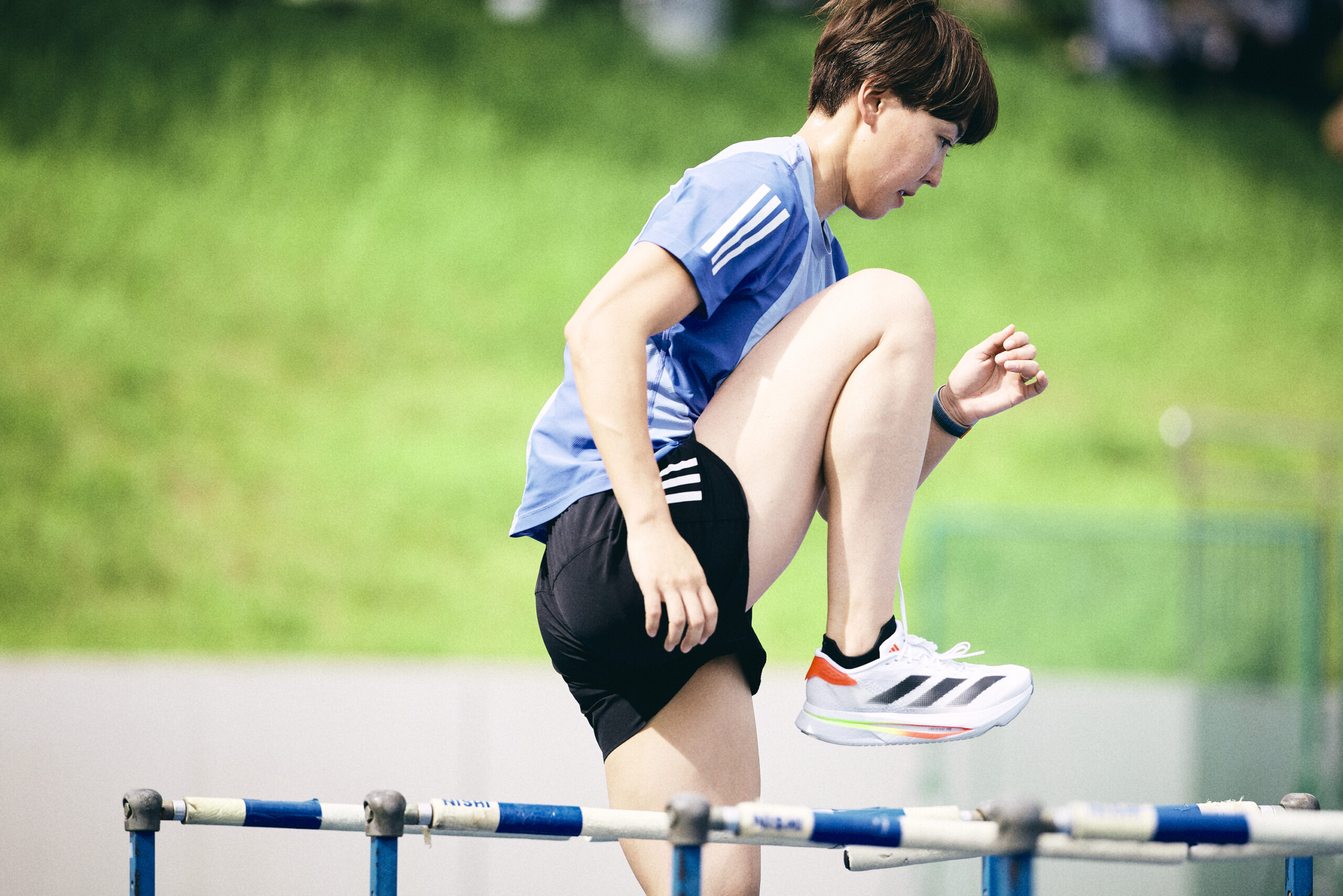
Are the challenges ahead of the Japan Championships
Not a farewell, but a last run to express gratitude
――In April, you announced that you would be retiring from the front line of competition at the end of this season. Has anything changed in you or your surroundings since then?
I haven’t changed much myself, but a lot of people around me who saw the news talked to me. I won the Fuse Sprint and finished second at the Taiwan Open, so I’ve been getting some calls lately asking me, “Are you really quitting?” I am grateful for that. However, I have decided that this year will be the end of my goal to represent Japan. That’s why I want to spend this last limited time more intensely.
――You said that you would like to run with students and Masters at regional competitions next year, but when did you first have that idea?
I’ve been thinking about it since I returned to track and field in 2019. There are things that I couldn’t do and regretted when I first quit track and field, and I want to get them back. At that time, I faded out and quit, and I couldn’t give anything back to the teachers and everyone who supported me. That’s why I want to go around and “make courtesy visits” to those people. And I want to inspire the next generation of athletes on the spot. If you are aiming to represent Japan, you can only go to the places that are decided in the Grand Prix race. I’m from Hokkaido, but I didn’t have the opportunity to run in my hometown at all. While I can still run well, I want my old friends, parents, and teachers to watch my running properly.
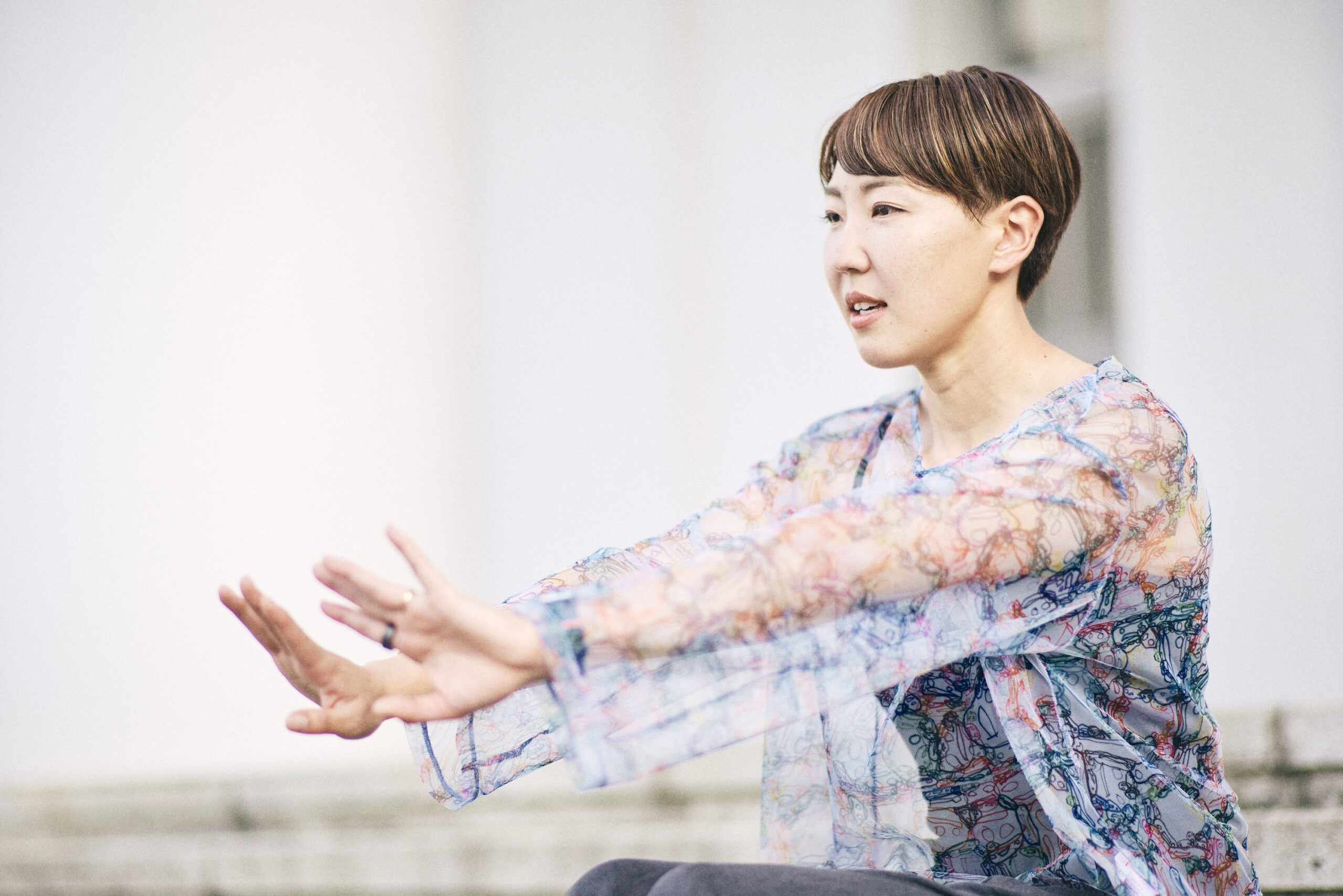
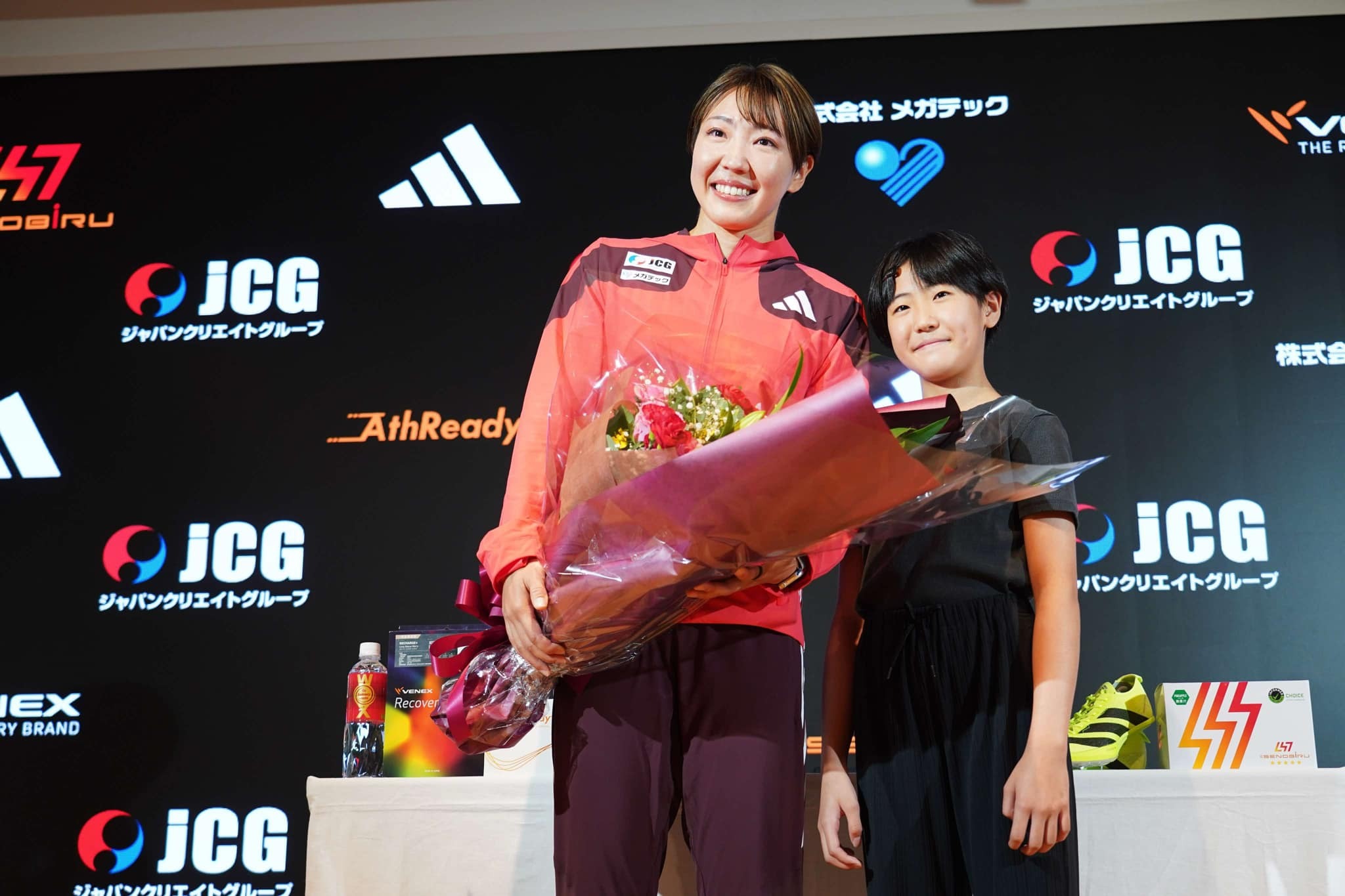
Next year, she would like to do local tours to “make courtesy visits”
After retiring from running, what I “want” to do and what is “needed””
――How much time do you plan to spend touring regional tournaments?
I think about a year next year.
――After that, you will not be running again?
I don’t know how much I need because of my physical condition (bitter laugh). It’s still good if I can move my body and maintain the same quality. I want people to see the quality of my running now, not just the way I run. I think that’s the biggest stimulus for the athletes who run together.
――Do you have a vision for the future?
I’m thinking from a broader perspective, including visions that are not related to track and field. I would like to move forward while finding a balance between what I “want” to do and what is “needed” by other people. That’s why I’m currently working on various preparations at the same time, such as track and field classes, lectures, and media appearances, as well as obtaining coaching qualifications, applying to become a national coach, raising awareness at a corporation, and even working as a company employee. I’m a little worried about how much I can do in a life with time restrictions. (laughs)
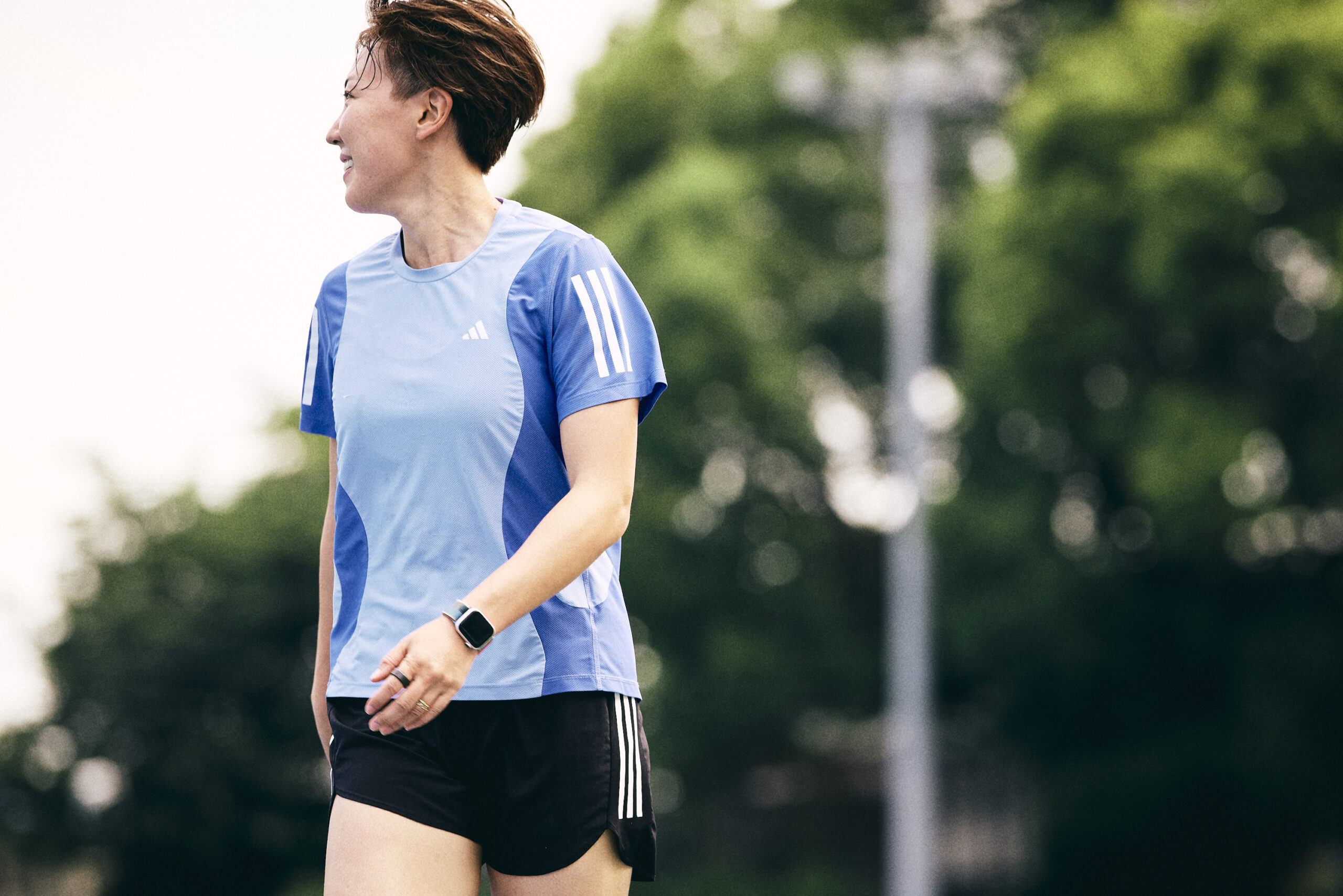
Her career has given her more options.
The reason why she was able to start running again after retiring from “track and field”
――You have made many choices, such as retirement, childbirth, taking on the challenge of rugby, and returning to track and field. What was the biggest turning point in your life?
That’s a lot of things (laughs). The two major turning points were when I first quit track and field and when I decided to go back to track and field. The first time I quit was when I was 23 years old. I thought, “I’m worthless because I’m not a track and field athlete.” If I don’t win, and get a record, it’s meaningless. I felt like I was taking it for granted that I was going to win, and when I couldn’t win, I didn’t understand the point of competing. At that time, my relationship with my coach, the late Hiroyuki Nakamura, was not going well, and I thought that if I didn’t produce results, people would abandon me. I just didn’t have confidence in myself.
However, after quitting the sport, I was able to work for a company and go on to university, and I met a lot of new people. In such a situation, it was really important for me to meet people who recognized Asuka Terada even if they were not track and field athletes. I came to think, “Even if I don’t have track and field, I can help someone.”
Then my daughter was born, and I started raising my child. At first, there were a lot of things I didn’t understand, and I was worried, but many people helped me. I believe that my decision to quit the sport, my courage to take the first step after quitting, and the many people who supported me changed my life greatly.

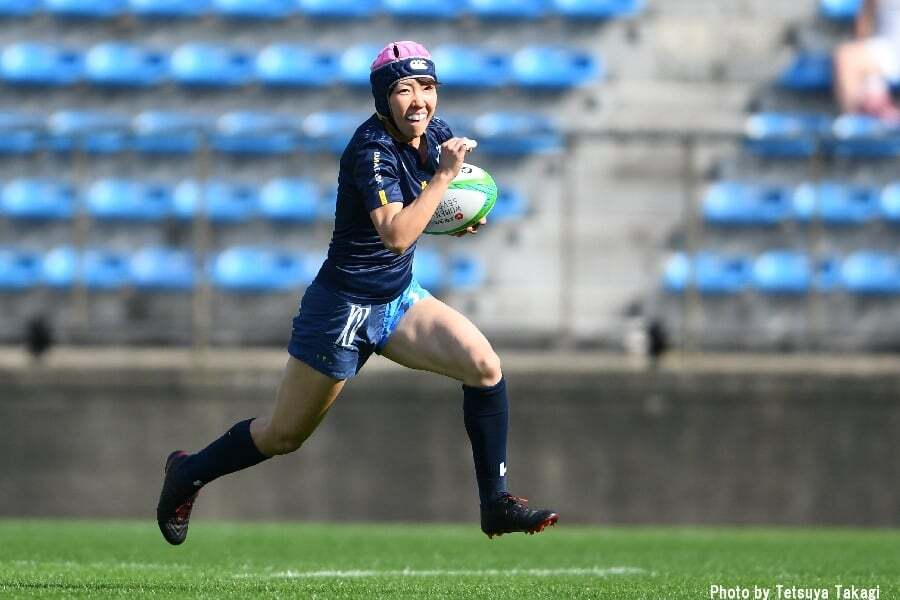
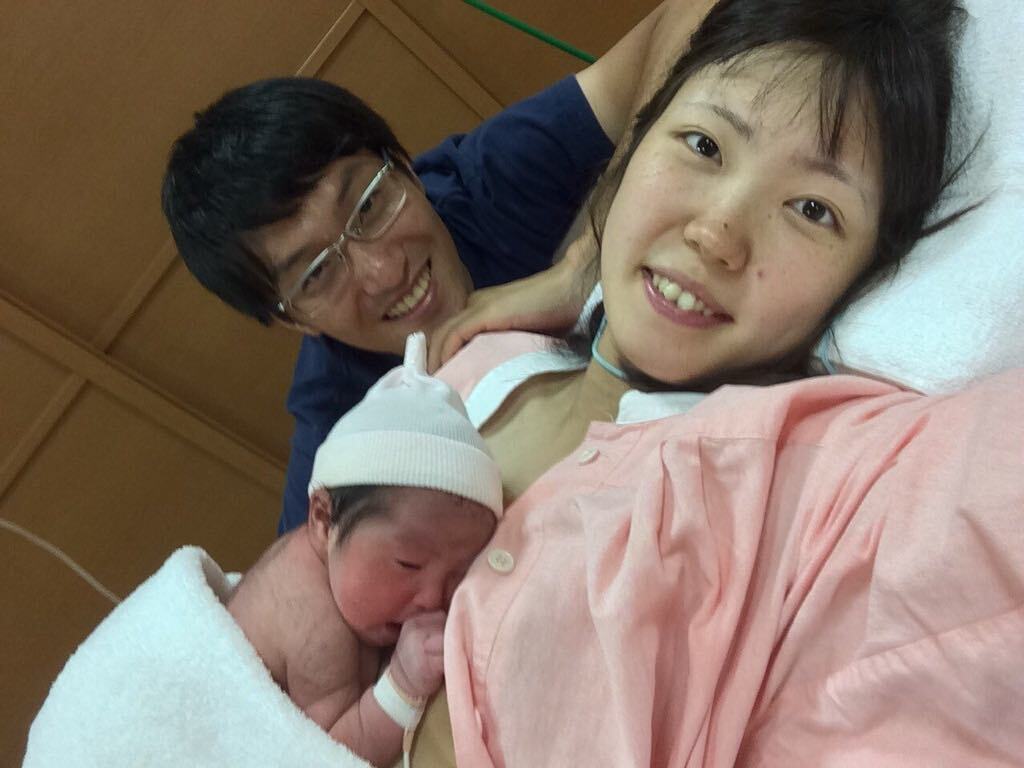
――That kind of courage may have led to your return to track and field.
I think so. In fact, the courage to change something, to take the step to break out of my situation, this was something that I needed when I quit track and field for the first time. I feel like that decision was the most courageous decision I’ve ever made in my life. Because of that experience, I may have felt less stressed when I started playing rugby or when I returned to track and field (laughs).
――After returning to competition, you broke the Japanese record and participated in the Tokyo 2020 Olympic Games. What do you think is the reason why you have been able to continue to evolve even as you grow older?
First of all, I have come to genuinely think that “running is fun”. Of course, winning and losing are important, but that’s not all. As I was working toward my goals, many people were cheering me on and cooperating with me. I’m running with that feeling along with me, and I think I’ve come to realize that, so I’m not just bound by the result, but I’m able to enjoy the process itself. It was a completely different motivation that I didn’t have the first time.
The other thing is the existence of my family. No matter what, they’ll be there for me and give me a supportive push. Even if I don’t get results, there is an unshakable place where “mom is just mom” and “wife is just wife”. I don’t know how much it saved me. The fact that I knew from the bottom of my heart that I always had a place to go back to really helped me to continue competing.
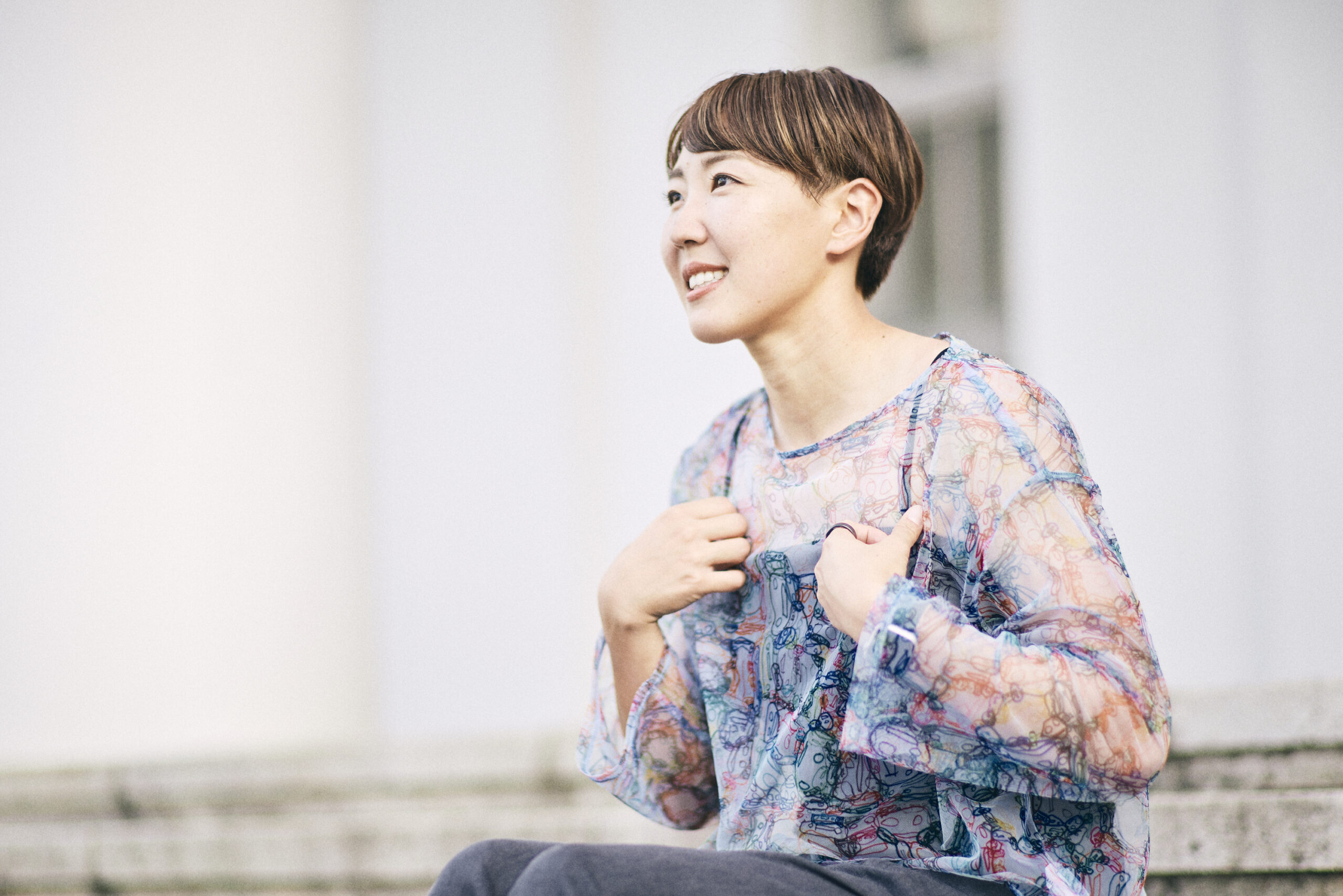
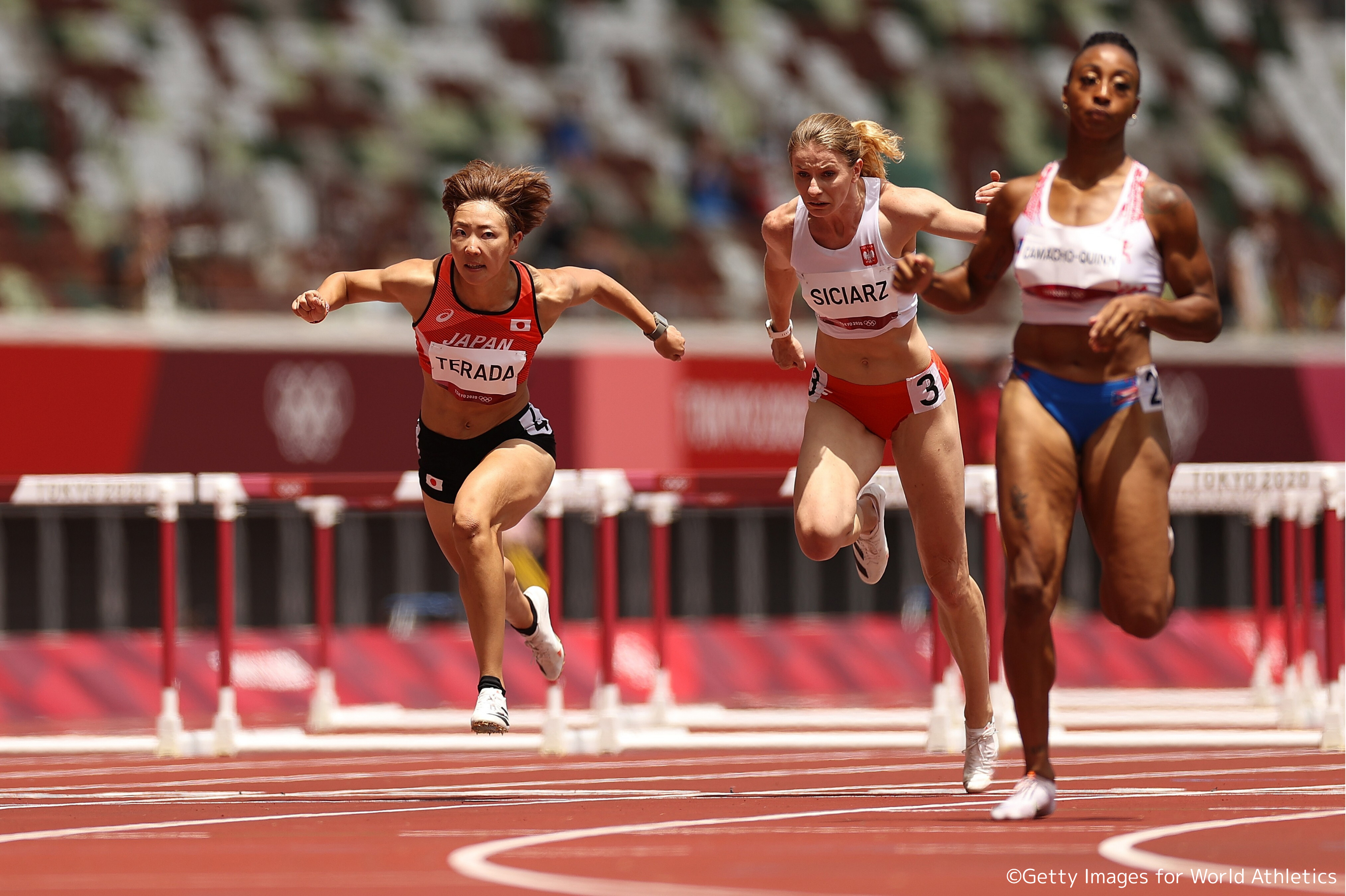
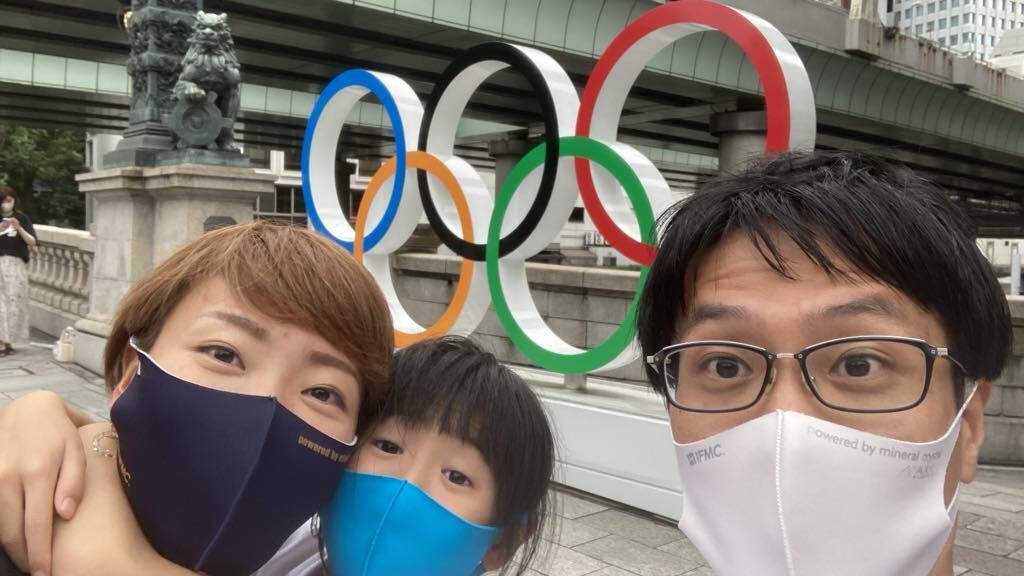
She has evolved beyond imagination
Pursuing the “best run” at the World Athletics Championships
――You have participated in the World Athletics Championships three times. What was it like for you?
Indeed, it’s a special place. I wasn’t in a position to compete in the Diamond League or Grand Slams, so competing at the World Athletics Championships and the Olympics was one of the few opportunities I had to run on the same track as the world’s top athletes. It was an unforgettable stage where I could feel what kind of warm-up they were doing and what kind of attention they were paying to the race.
One of the most memorable was the 2009 Berlin Games, which I participated in for the first time. At that time, Usain Bolt set a world record of 9.58 seconds. That was the first time I had seen such a packed stadium. When Bolt stood on the starting line, the surroundings suddenly fell silent, and cheers reverberated with the signal to start. And at the goal, he looked sideways with a relaxed expression but set a new world record…. At that moment, I felt like I was witnessing the “evolution of humanity”. That’s how much the World Athletics Championships were a series of shocks and emotions for me.
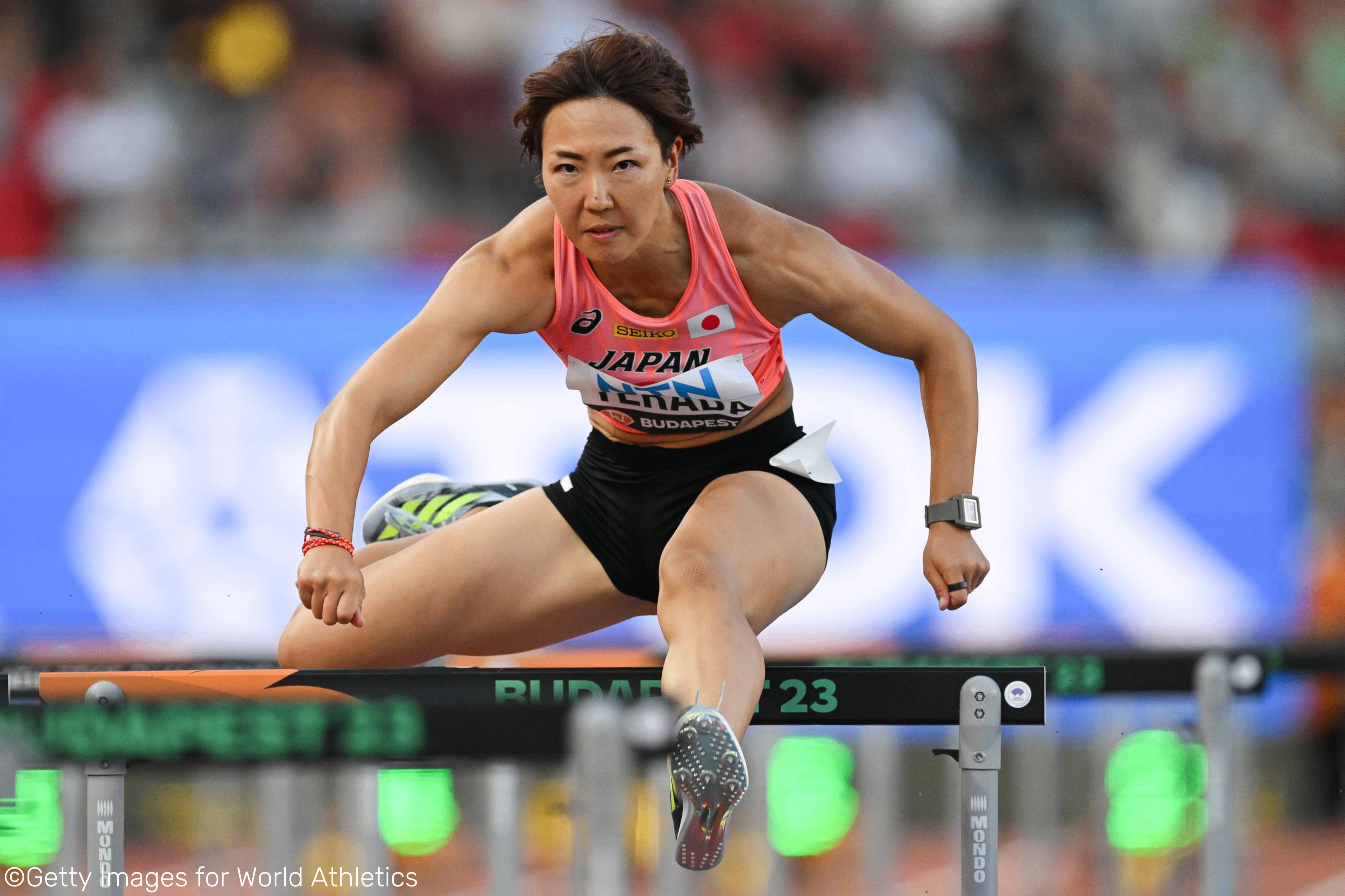
She will never forget the impact of the Berlin 2009 Games, where she participated for the first time.
――When you qualify for the World Athletics Championships Tokyo 2025, what are your goals?
I want to aim higher than in the past three tournaments, and I also want to run faster than the Tokyo 2020 Olympics, where I was eliminated in the semi-finals in sixth place. The world standard has really risen now, and when I returned to the competition in 2019, I could go to the final if I ran 12.6 seconds, but now 12.3~4 seconds is the norm. I know it’s quite difficult, but I still want to pursue the “best running” to the fullest.
At the Tokyo 2020 Olympic Games, I was not able to get my family and supporters to see me running. That’s why at the World Athletics Championships Tokyo 2025, I want to show them to see me running at the National Stadium. That’s one of my big goals now.
――What are you looking forward to and expecting at the World Athletics Championships Tokyo 2025?
First of all, I want the National Stadium to be full (laughs). In rugby and football, it fills up quickly, but the reality is that it is difficult to do so in track and field. That’s why I want it to be packed. I want all the athletes and spectators to experience running in a packed National Stadium.
Also, Haruka Kitaguchi in the women’s javelin throw and two athletes in the men’s 110m hurdles (Shunsuke Izumiya and Rashid Muratake) may win medals, so it will be interesting to see that. It’s not often that you can see the world’s top athletes running for their lives in Japan, so I hope that many people will feel the charm of it.
There will be many opportunities at the World Athletics Championships Tokyo 2025 to make people think “how interesting track and field is” not only through competitions but also through events and hands-on projects. I myself would be happy if we could liven up such an atmosphere together.
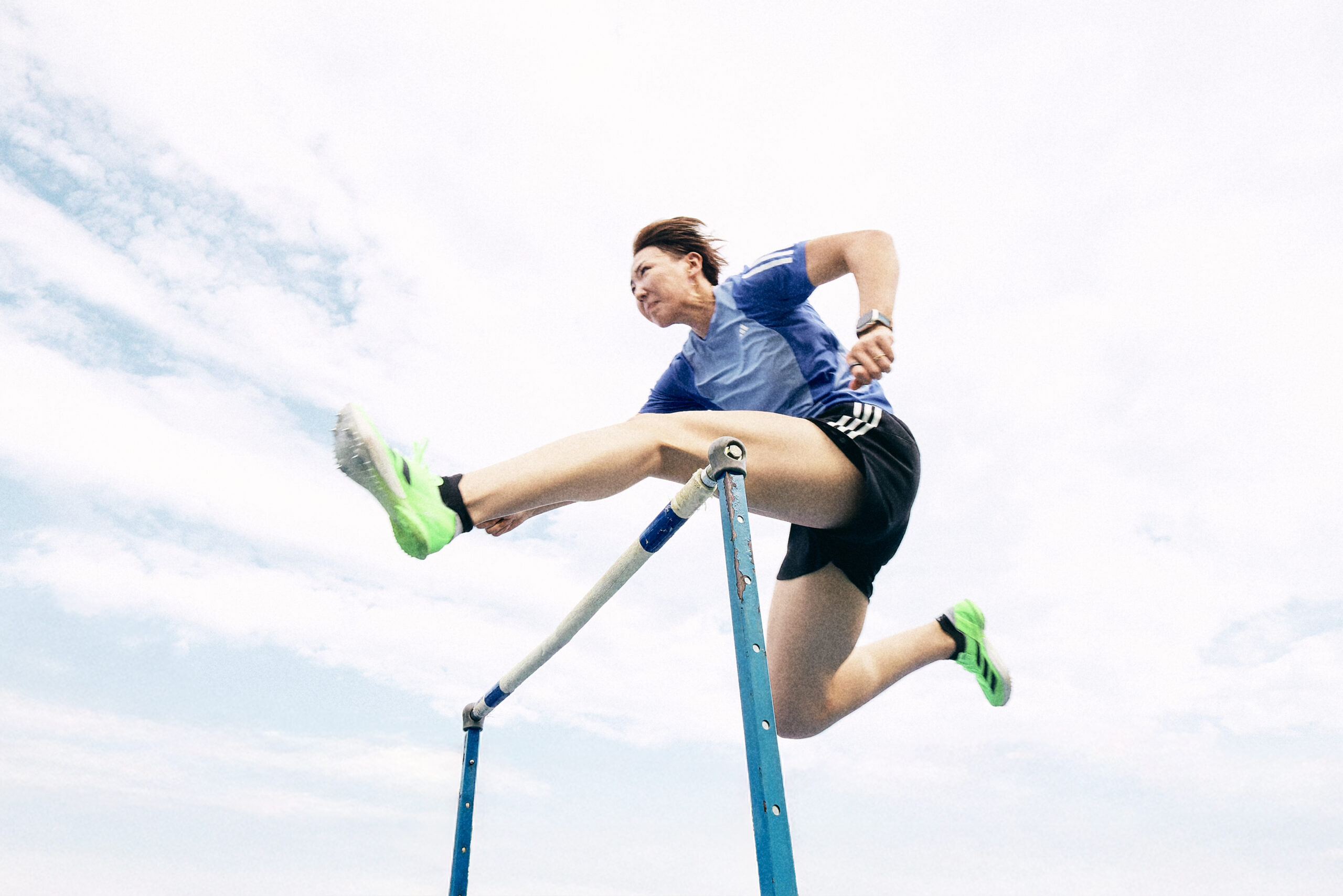
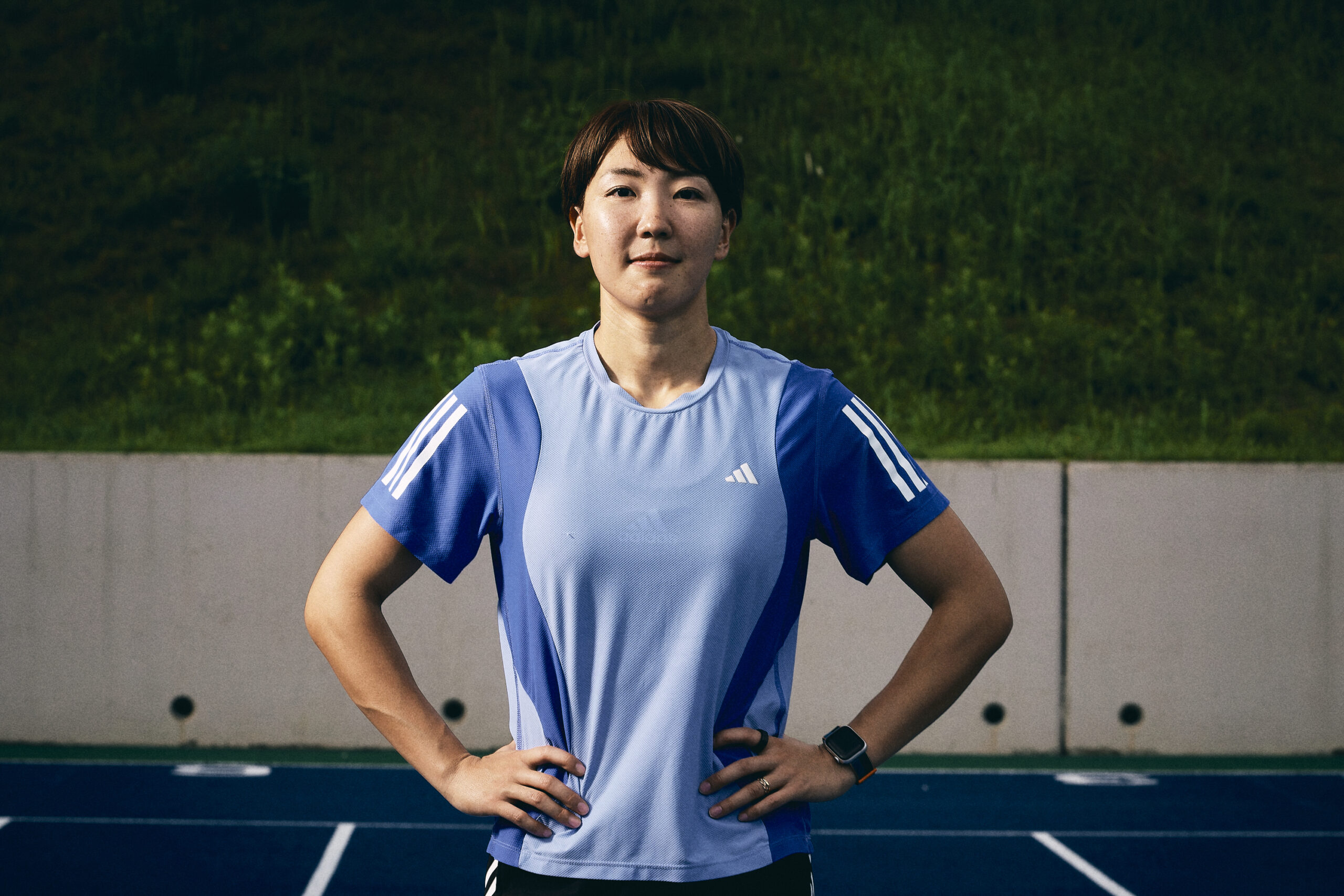
Having a surprising “craftsman” spirit?
――From here, I would like to ask you about your private life. Is there anything you’ve been into lately?
I’ve always been addicted to Kari Kari Ume (Crunchy Pickled Plum) . I’ve loved it since I was in high school and still eat it often. Also, my daughter is obsessed with Licca-chan dolls, so in her spare time, I use my sewing machine to make clothes for Licca-chan dolls!
――With a sewing machine…! That’s amazing Have you always been good at sewing?
I like it a lot. I usually make bags for my daughter’s school. I’ve been using sewing machines for a long time, and I’ve been making skirts and handbags for summer vacation assignments.
――Are you good at detailed manual work?
Well, I’m the type of person who can do it for hours if I get into it. However, I’m not good at repeating the same work or doing things that don’t change (laughs). If it’s something difficult or something that I can overcome with thinking up of good ideas, it makes me want to do it. I have an athletic temperament, so “easy things to do” are boring because they are not enough (laughs). It makes me want to try things I can’t do.
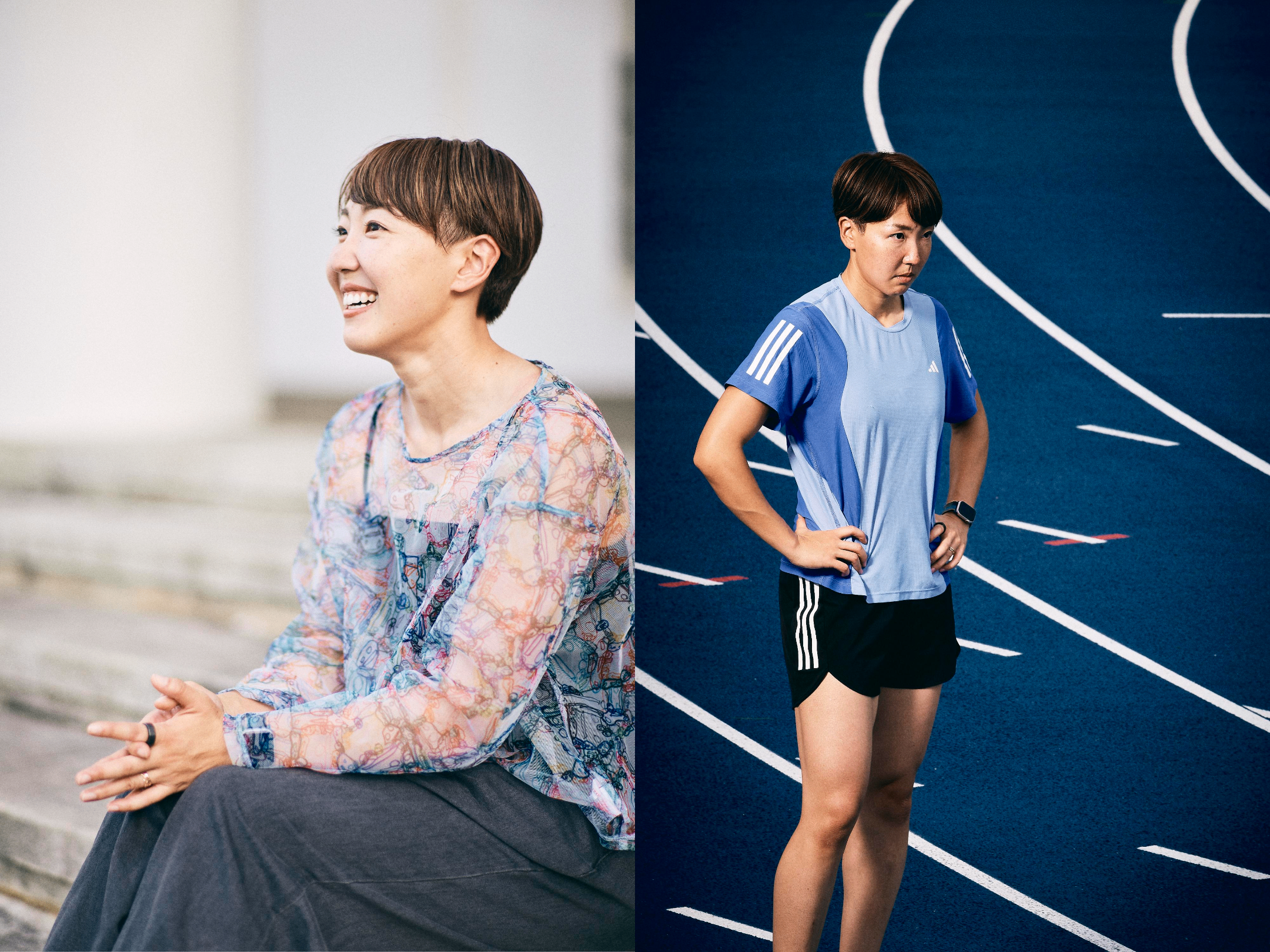
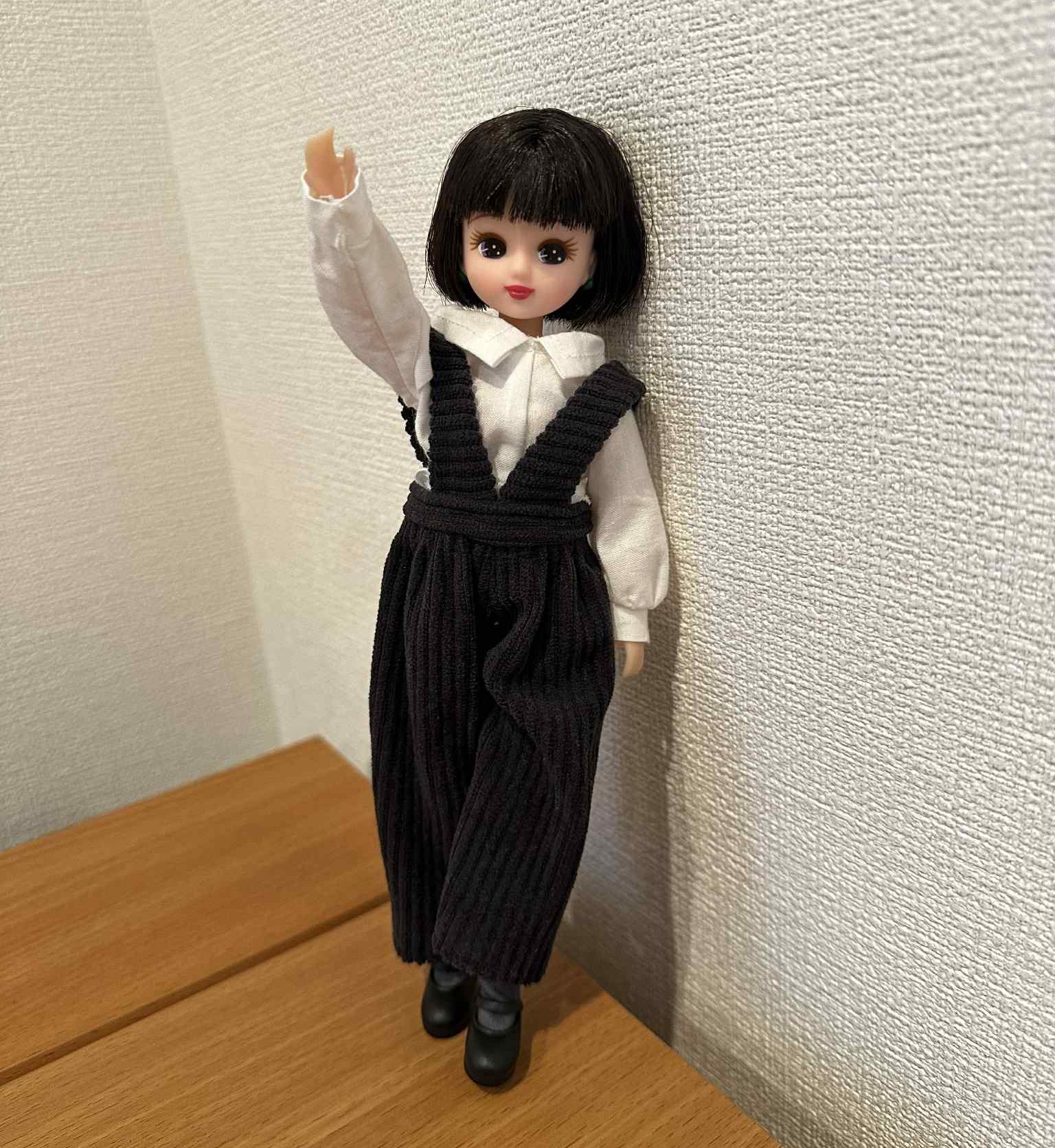
It is both bold and delicate…!
――Is there anything you would like to challenge now?
I want to study English well. In particular, I would like to see how far I can raise my TOEIC score on my own. In the past, when I went abroad, there were phrases that I could use to some extent, so I used them to speak. I don’t have a problem with that at all, but when I want to talk about something new, it’s difficult if I don’t have it in my head. I’m starting to want that new pattern. I think that if I can talk more, I will be able to talk about deeper things.
――Have you always liked studying and learning?
If I get into it, I really concentrate on it. But if I don’t get into it, I can’t do it. It doesn’t come into my head at all (laughs). For example, I don’t have any knowledge of Japanese history, but my husband likes Japanese history and often talks about it. But no matter how many times I heard about it, it ended with “I see” (laughs).
――So, the key is whether you are interested or not.
That’s right. But once I find it “interesting“, I can do it all the time. Recently, my daughter brought me a math problem that she had learned at cram school, and there was a problem that I hadn’t been exposed to when I was a student. It’s interesting to feel like you can’t solve it without becoming flexible in thinking and not thick-headed like adults! It’s not easy, so I’m hooked. My daughter gets bored and asks, “Are you still doing it?”, but I don’t feel satisfied if I don’t fully understand and solve it, so I keep doing it until I solve it (laughs).
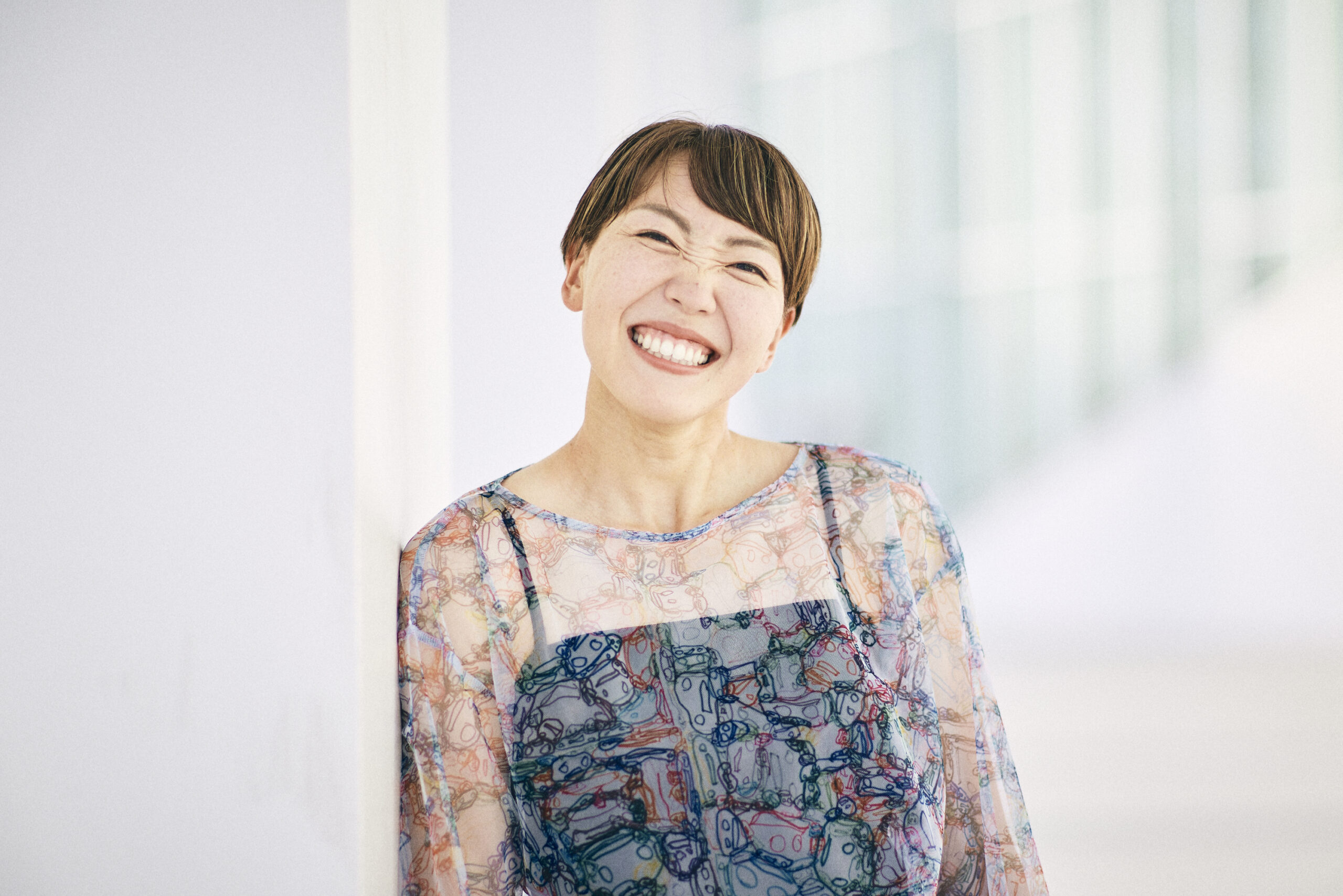
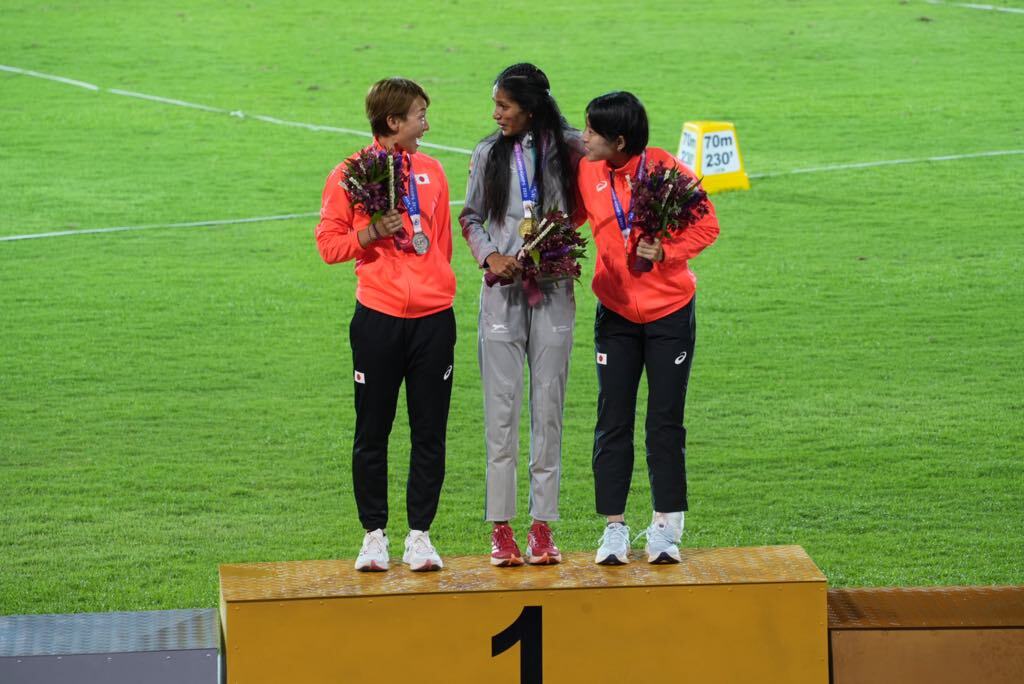
To be able to talk about “deeper things”
“Mom will not teach”: The distance between her daughter and track and field
――Your daughter also started track and field, didn’t she? Do you also teach?
I try not to teach as much as possible. If I teach, we will get into a fight (laughs). When I was participating in the Fuse Sprint, my daughter also participated in a competition, and my husband sent me a video of the relay. Then my daughter asked me, “How was it?” and I said, “Why are you running at a low RPM (revolutions per minute)?” (bitter laugh).
At that moment, I was stunned. I had decided not to say anything technical, but I ended up saying it. I apologized, saying, “I’m sorry, I said that” but my daughter said, “It’s okay.” My daughter even says, “It’s quicker if you teach me,” so I think she really wants me to teach her. But it’s hard for me to look at my daughter objectively, so I say, “Mom will not teach you” (laughs).
――Your daughter has a feeling for you to teach her.
That’s right. But after all, I often think that it is difficult for parents and children as we are too close in relationships. For example, Nozomi Tanaka’s father is a coach, and her determination is amazing. No matter how much her father tells her, I think that the relationship is established because she has the desire to “go to the top of the world.”
However, if you have ambiguous determination and thoughts, you will just be getting scolded by your mother. I can’t help but compare her to other children, and I myself have a strong sense that I’m thinking this way and moving my body, but when she can’t do it well or I can’t convey it well, I end up thinking, “Why can’t you do it?” I think I can say to other kids, “if you can’t do it, let’s take it one at a time.” That’s why I try to keep a little distance and watch over her.
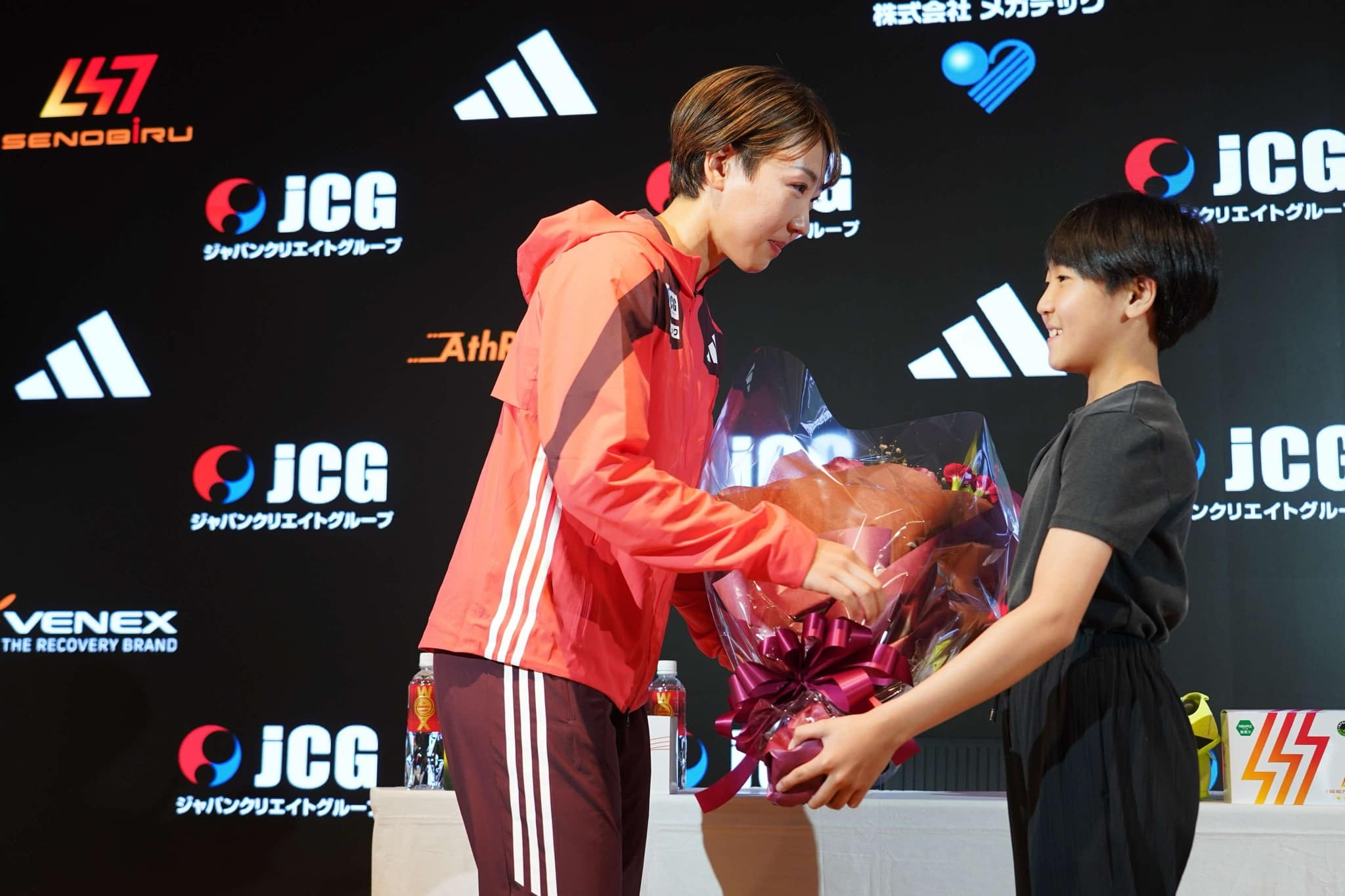
But I dare not teach her
Her favorite athlete wants to be a “passive income earner”.
――If you could recommend a track and field athlete other than yourself, who would it be?
The athlete who has an interesting character is Shunsuke Izumiya (110m hurdles/long jump). I don’t think he is very good at verbalizing, but his standard score for track and field is insanely high. What he said was very much on the point. He is amazing when it comes to track and field, but everything else is not so I can’t stand that gap (laughs). That gap is fascinating. I love that type of person.
When I asked, “What would you like to be if you weren’t a track and field athlete?” he immediately replied, “I would like to be a passive income earner.” Isn’t it awesome (laughs). The other athletes usually say, “I’m going to retire one day, so I have to do something.” However, Shunsuke Izumiya wants to be a “passive income earner”. He is shaking it off, isn’t he?
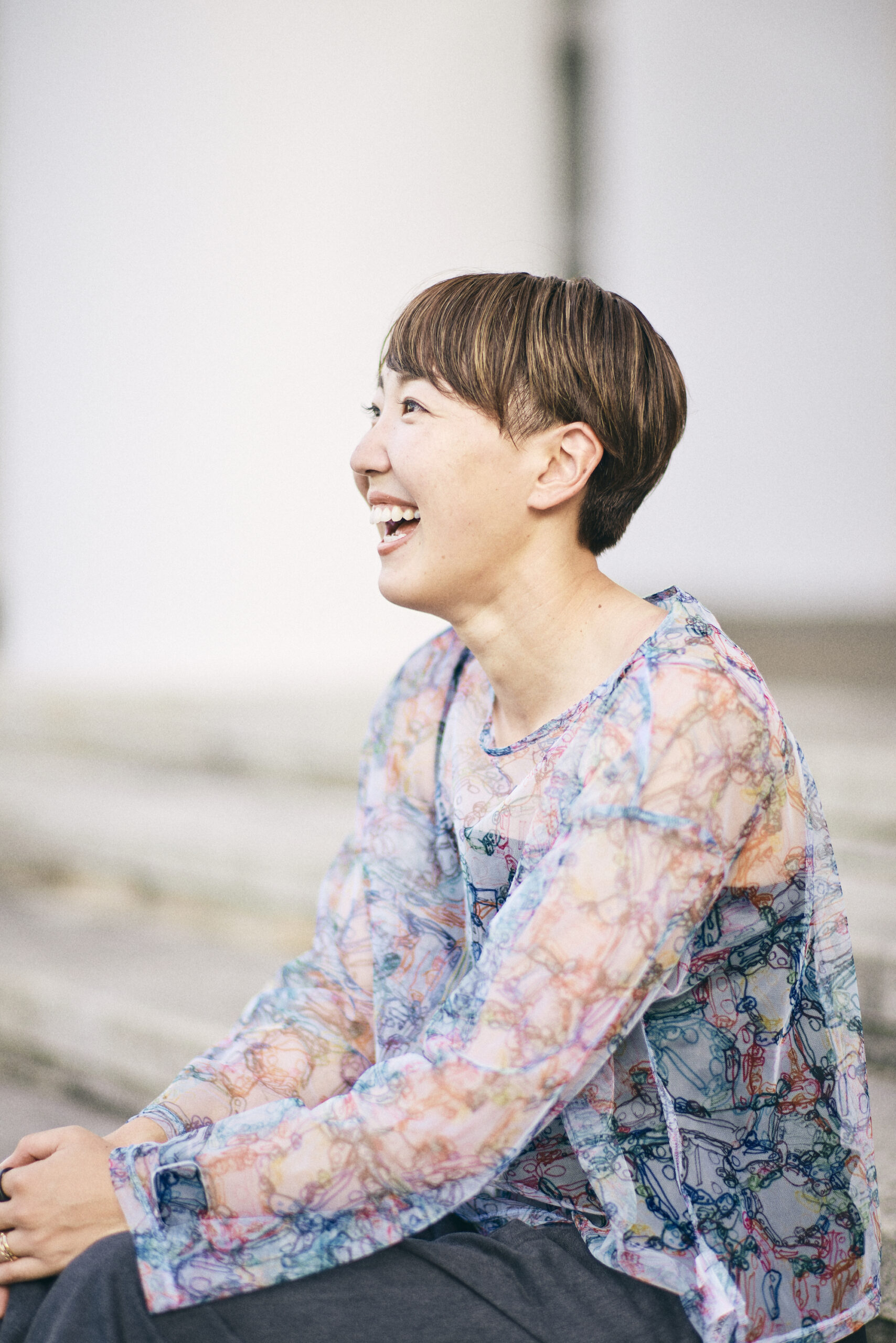

If you ask the same question to other athletes, his name is mentioned quite often
――Are there other athletes?
Closer to me, there is Ken Toyoda (400m hurdles/110m hurdles) at the same training ground, but he is too amazing that his existence is already unfair. He is goodlooking, tall (195 cm), highly educated (graduated from Keio University), and speaks French and English. What’s more, it doesn’t rain when he runs (laughs). I’m like, “Is there anyone who is so loved by God?”
But he also has a cute personality saying things like, “I don’t want to run today”. I think that the fact that he is not perfect will also tickle the maternal instinct of the women of the world.
Also, speaking of female athletes, I would recommend Ha-chan (Haruka Kitaguchi). She is from Hokkaido, my hometown, and she’s strong and just so cute! She has such a healing presence that whenever I see her, I call out and say “Ha-chan!” and I bury my head in her cleavage (laughs).

Why does the hurdle world have so many athletes with strong personalities?
Be a little bit ahead of yesterday’s self
――Finally, do you have a message for readers who are looking forward to the World Athletics Championships Tokyo 2025?
This is the first time in 34 years that the World Athletics Championships will come to Tokyo. It is a rare opportunity to bring together the world’s top athletes. I would like you to feel the performances of the fastest people, the highest jumpers, and the farthest throwers in the human race.
I think people will be amazed at “how the human body can do such a thing”, and although there are still not many of them in Japan, they are gaining the ability to compete with the world. I would like you to witness such an evolutionary process. Also, I think that the atmosphere and events of the city will be lively in conjunction with the tournament. I’m sure you’ve all experienced track and field at least once in school, but you may feel that you’re not good at it, or you may think that it’s a world that doesn’t have much to do with you. But it’s not just a competition, it’s also a challenge to “get a little further than you were yesterday.”
That’s why I would be happy if you could watch the competitions but also take the time to look at your own challenges and evolution through events. It would be great if you could enjoy the fun of track and field “as your own thing”.
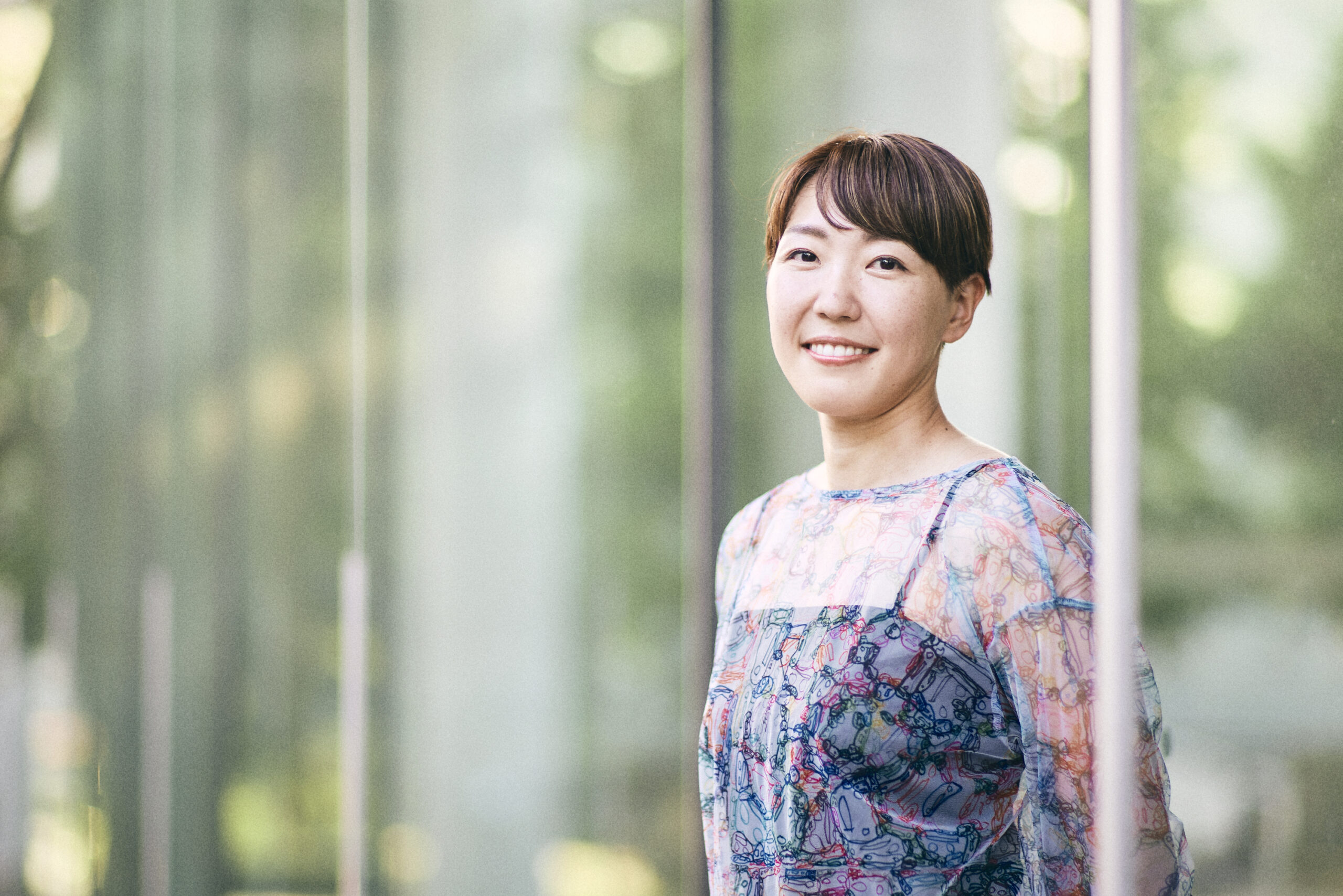
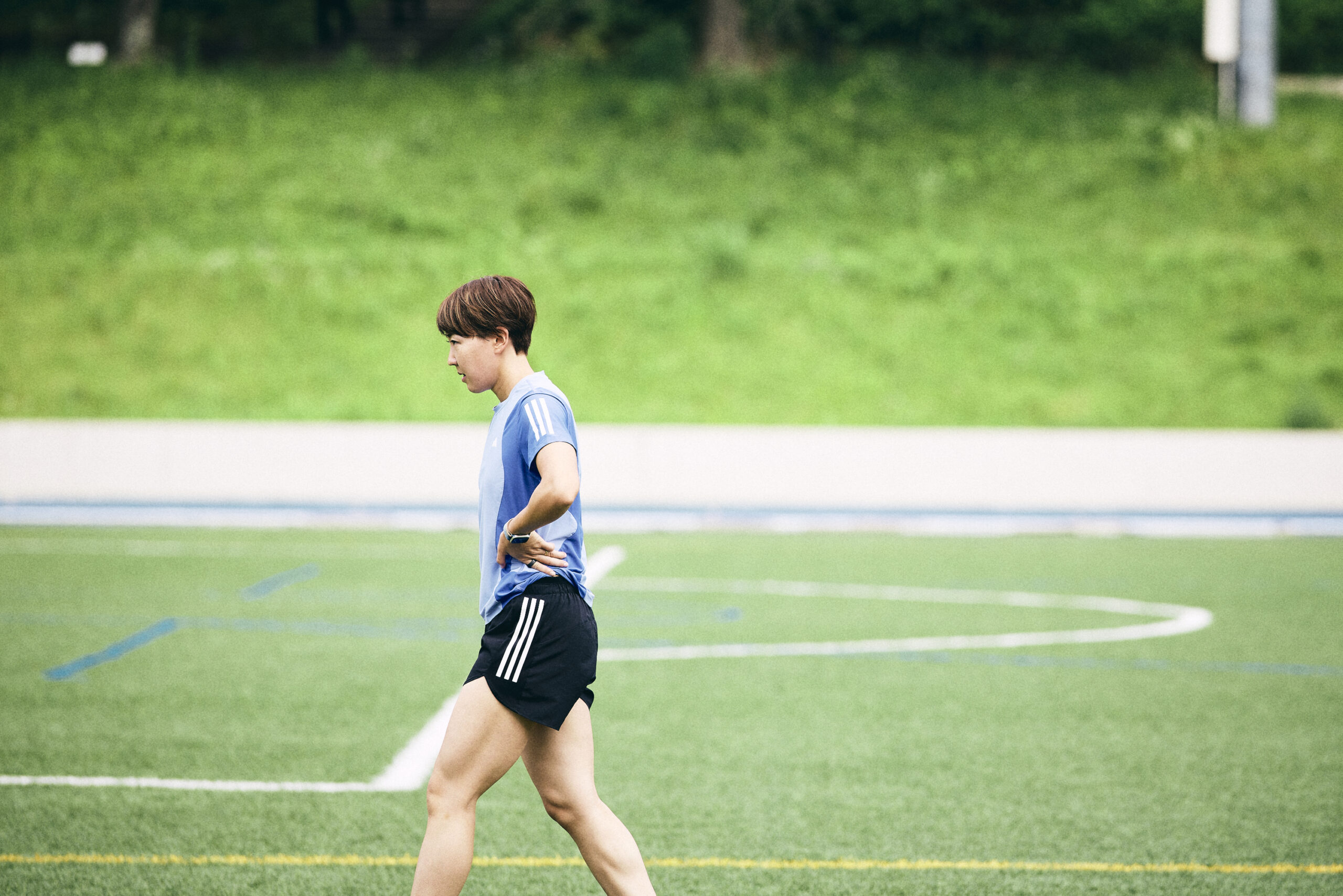
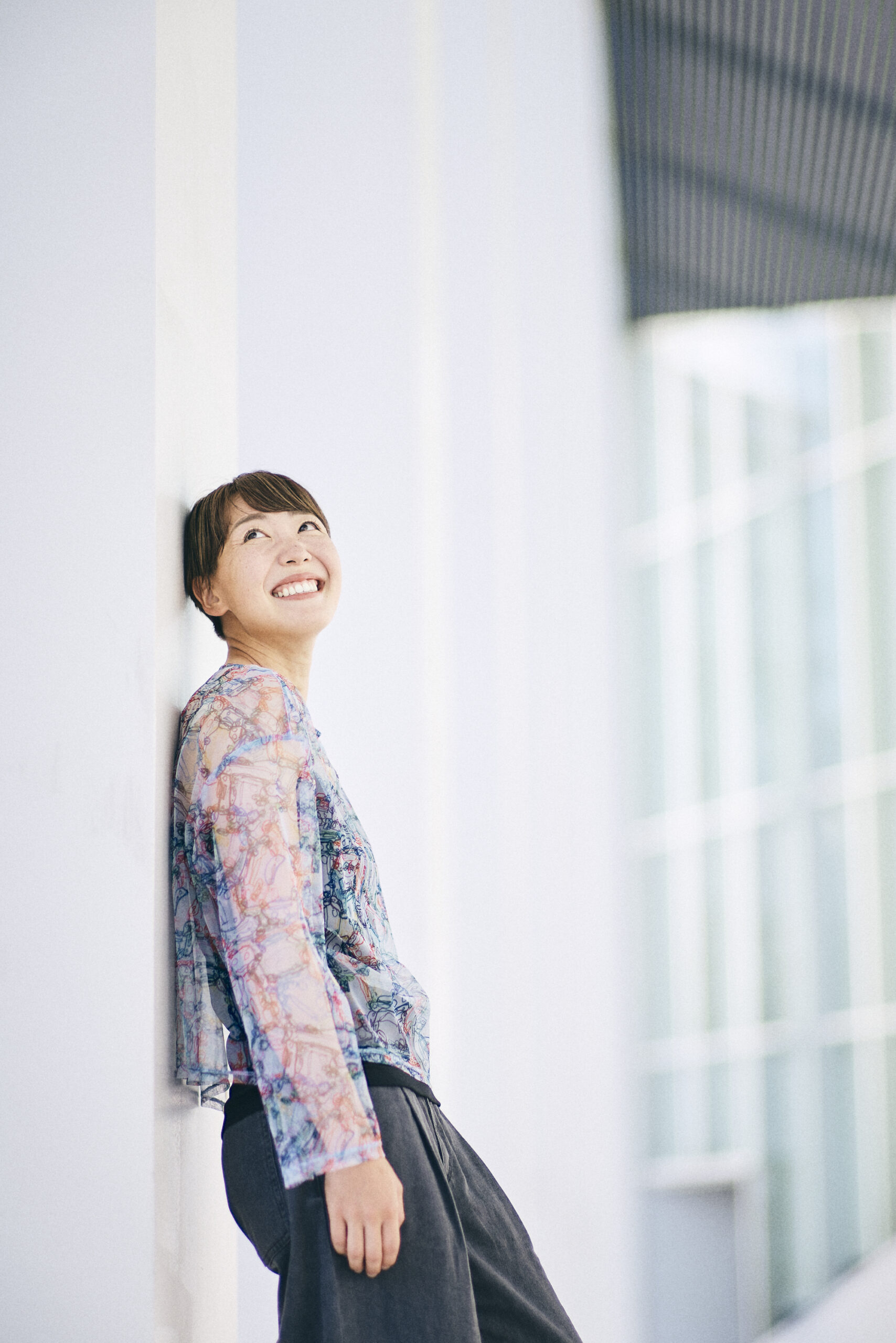



Instagram:terada.asuka
X:@terasu114
〈Baton Run Tour〉
Web:https://www.a-start.or.jp/
text by Moritaka Ohashi
photographs by Uta Mukuo
Co-produced with the Local Organising Committee of World Athletics Championships Tokyo 25.
